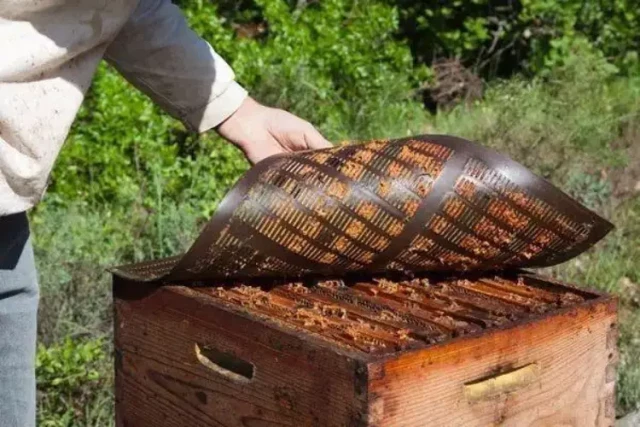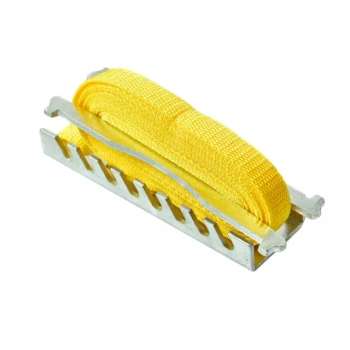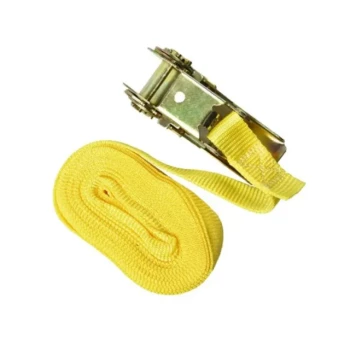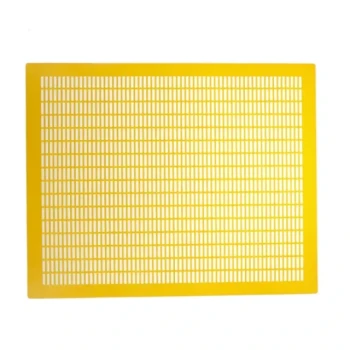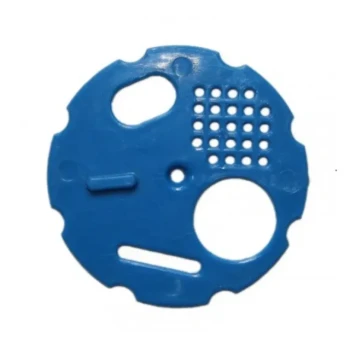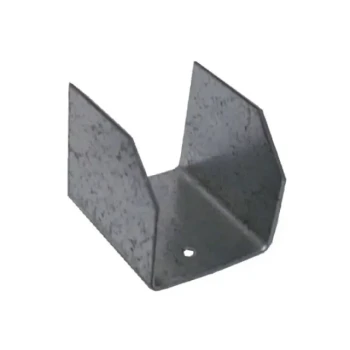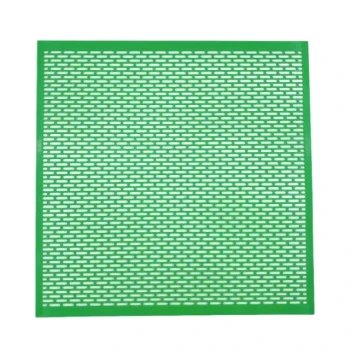Honey bees are master chemists, turning ordinary tree resin into a powerful hive defense system. Far from simple glue, propolis—the processed form of resin—acts as a antimicrobial shield, structural reinforcement, and climate control tool. This article reveals the sophisticated biology behind resin collection and its life-saving applications for both bees and humans.
Honey Bee Resin Collection: Beyond Basic Foraging
Bees don’t just forage for nectar and pollen. Resin collection is a specialized behavior performed by "propolis foragers," a subset of worker bees equipped with stronger mandibles to scrape sticky resin from trees. Unlike floral resources, resin demands unique handling: bees mix it with wax and enzymes during transit, transforming it into a pliable, bioactive compound.
Key functions of propolis in hives:
- Pathogen Barrier: Research shows propolis coatings inhibit a significant portion of hive pathogens, acting as a natural antibiotic.
- Structural Integrity: Bees use it to seal cracks, reducing drafts and predator entry points.
- Thermoregulation: Propolis-lined walls stabilize hive humidity, critical for brood development.
This isn’t random behavior—it’s evolutionary engineering at its finest.
The Surprising Purpose of Sticky Resin
Why risk damaging delicate wings to collect such a challenging material? Propolis addresses three survival challenges:
-
Disease Prevention
The reference confirms propolis fights microbial threats. Its compounds (like flavonoids and phenolic acids) disrupt bacterial cell walls, reducing hive infections. -
Hive Hygiene
Bees embalm intruders (e.g., dead moths) too large to remove, preventing decay. -
Social Immunity
Colonies with thicker propolis layers show higher resistance to fungal outbreaks, suggesting a collective health benefit.
Decoding the Dance: How Bees Pinpoint Resin Sources
Resin foragers use a modified "waggle dance" to communicate source locations, but with adaptations:
- Distance Cues: Shorter, repetitive loops indicate nearby resin (often under 500 meters).
- Tactile Feedback: Returning bees present resin samples to hive mates, triggering recruitment.
This precision ensures efficient collection of the highest-quality resins, often from specific trees like poplars or conifers.
From Tree Sap to Hive Shield: The Biochemical Process
Bees don’t use raw resin—they engineer it. Here’s the transformation:
- Collection: Foragers scrape resin with their mandibles, storing it in pollen baskets.
- Enzymatic Processing: Saliva enzymes break down volatile compounds, reducing toxicity.
- Hive Application: Mixed with wax, the resin becomes propolis, applied strategically to high-risk areas (e.g., hive entrances).
This process parallels human drug development, where natural compounds are purified for safety and efficacy.
Human Applications Inspired by Bee Propolis Engineering
Beekeepers and scientists are borrowing from bee ingenuity:
- Medical Uses: Propolis extracts are studied for wound healing and antiviral effects.
- Sustainable Materials: Hive-inspired coatings could replace synthetic antimicrobial paints.
- Beekeeping Practices: Encouraging propolis deposition (e.g., with rough hive interiors) boosts colony health.
For commercial apiaries, leveraging propolis’ benefits starts with the right tools. HONESTBEE’s durable hive kits support natural propolis accumulation, helping distributors deliver healthier colonies to their clients.
Ready to enhance your hives’ natural defenses? Explore HONESTBEE’s beekeeping supplies—designed for beekeepers who prioritize colony resilience.
Final Note: Next time you see a bee lingering on a tree, consider the sophisticated system it’s sustaining—one sticky resin pellet at a time.
Visual Guide

Related Products
- Professional Galvanized Hive Strap with Secure Locking Buckle for Beekeeping
- Electric Flatting and Embossing Machine with Tray for Beekeeping
- Versatile Ratchet Hive Strap with S-Hooks for Secure Fastening
- Endless Loop Ratchet Hive Strap
- Heavy-Duty Galvanized Steel W-Style Pallet Clip
Related Articles
- How to Choose a Beekeeping Starter Kit That Protects Both Bees and Beekeepers
- Essential Beekeeping Tools: How to Choose and Use Gear for Safe, Efficient Hive Management
- Beekeeping Essentials: How to Choose and Use Supplies for Healthy Colonies
- How to Build a Smarter Beekeeping Tool kit: Strategic Tools for Every Hive Challenge
- The Benefits of Beekeeping for Your Vegetable Garden
